The National Archives in Nairobi, is known for its position as a great landmark for Nairobians and aspiring Nairobians. It is commonly known as the mother of all referrals in terms of a meeting place. Its strategic position and the magnificence stature makes it a hard place to miss and is easily one place with major traffic. The Ambassador hotel on its left, Ken Com and the Hilton to its right makes it an epitome in the center of Nairobi’s busy central district.
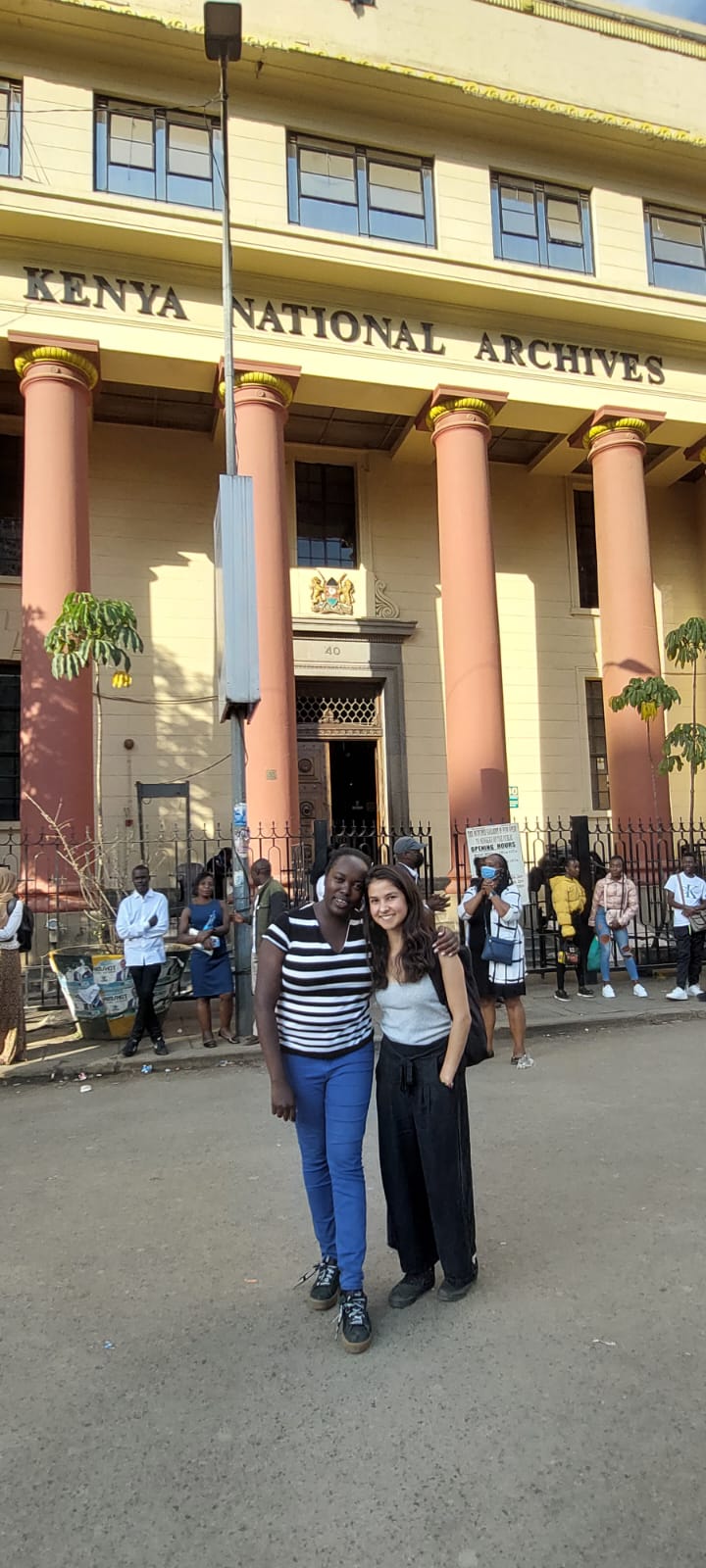
However; despite its significance location, most Nairobians are unaware of the national importance of the Archives. So here it goes… mission is to offer consultative records management services to the public service; acquire and preserve valuable public as well as private records as part of the national documentary heritage; and ensure timely accessibility of records and archives to users. According to the ministry of sports, heritage and culture the Kenya National Archives and Documentation Services (KNADS) is situated at the edge of the central business district in downtown Nairobi along Moi Avenue next to Ambassador Hotel. It was established in 1965 and it holds 40,000 volumes. It was established by an Act of the Parliament of Kenya in 1965 and was placed under the office of the Vice President and the Minister of Home Affairs. It is currently under the office of the Vice-President and State Department for National Heritage and Culture. The Kenya National Archives building also houses the Murumbi Gallery which contains African artifacts that were collected in the 19th century. https://sportsheritage.go.ke/culture-heritage/kenya-national-archives/
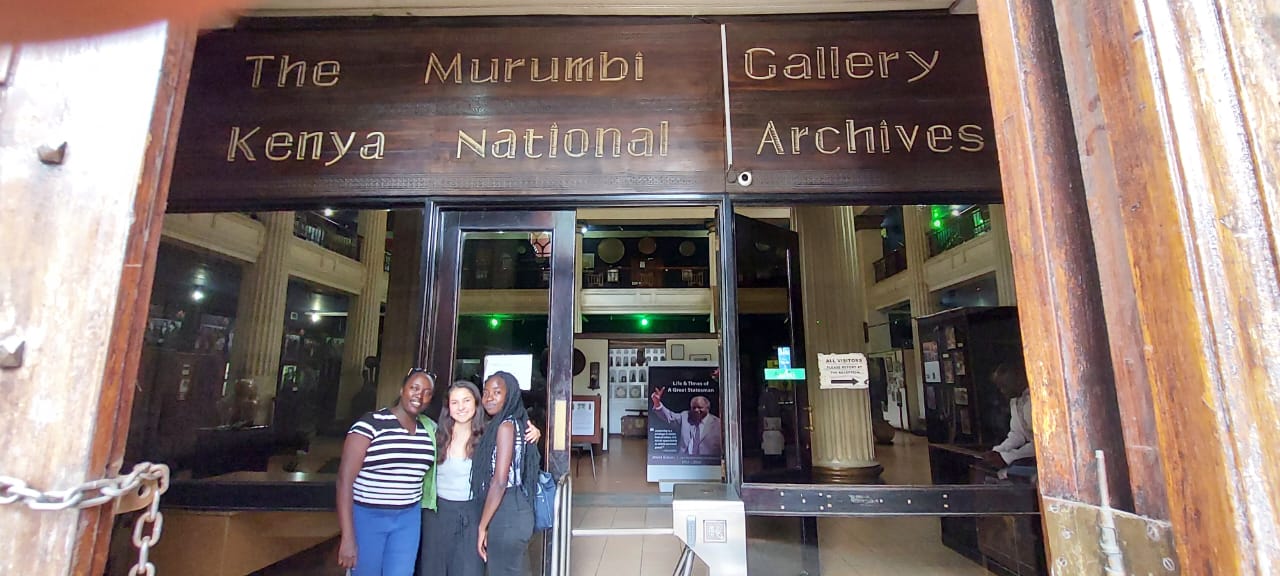
The Kenya National Archives is also synonymously referred to as the ‘Murumbi Gallery’. Why?? You may ask. One can argue that Joseph Murumbi is the reason the archives exist. The Murumbi gallery makes up a large percentage of the archives. Most of the items and artefacts were collected by Murumbi. He transversed many provinces (now counties) and collected items that are a representationof the different communities in Kenya. His collection was expansive even into other African countries such as Nigeria and Sierra Leone. It is due to his expansive dedication to collect artefacts that we have a lot to see and learn from the archives. An example is the image below a stone carved by the Kisii of Sierra Leone. Do you know that the Kisii in Kenya are stone carvers too? This kind of proves the migration theory, the bantu moving from West Afica to East Africa.
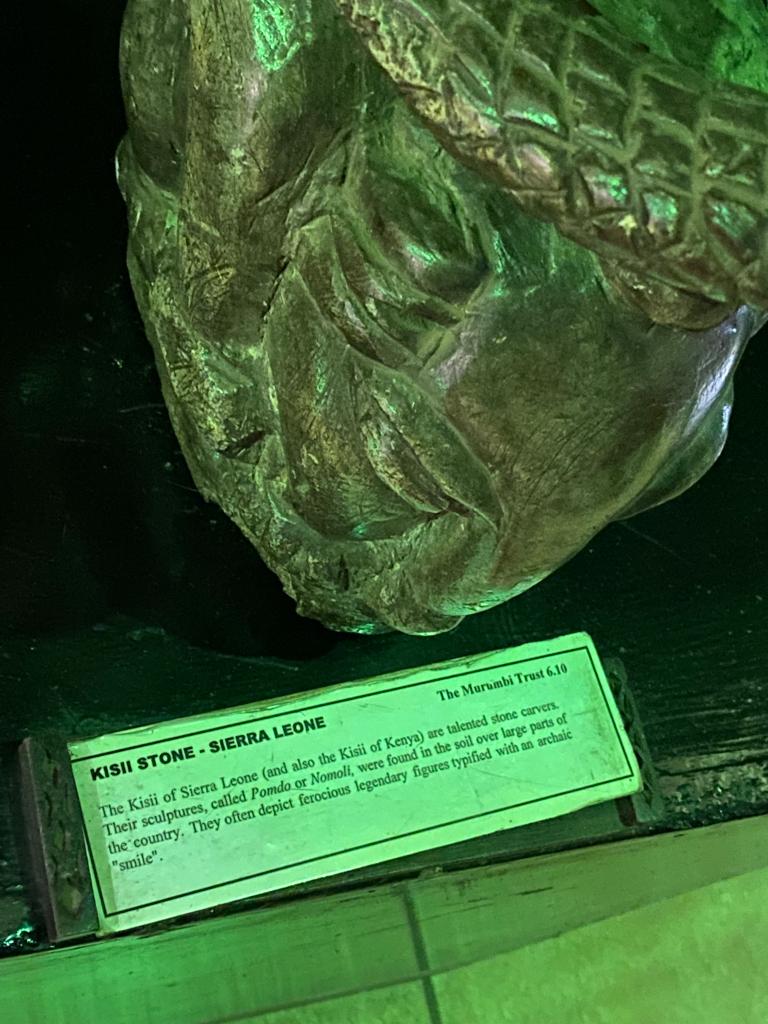
Despite being a documentation center, the archives gives you a glimpse of the culture and heritage of the Kenyan people. A detailed presentation of history from the pre-colonial era, the colonial era, post-independence and the present-day Kenya. The history is not limited to the nation of Kenya but also a representation of artefacts from different parts of Africa such as Ethiopia, Uganda, Tanzania, Nigeria, Sierra Leone are also present.
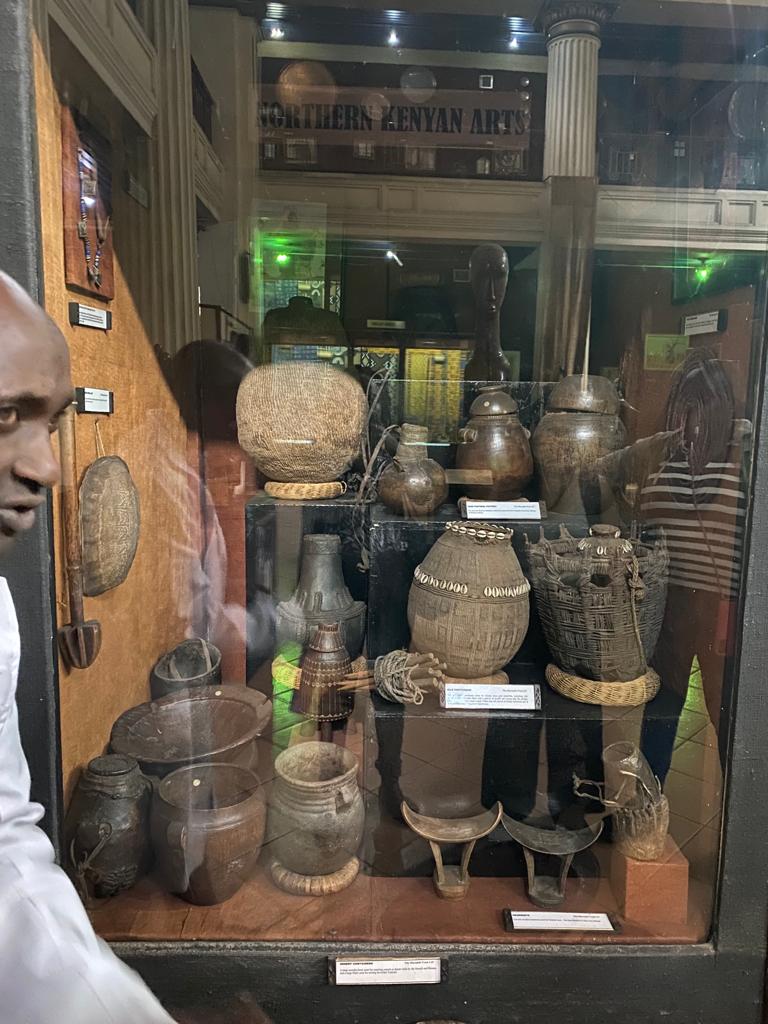
Picture depicting different artefact from the Maasai community, pots milk gourds and the headrest.
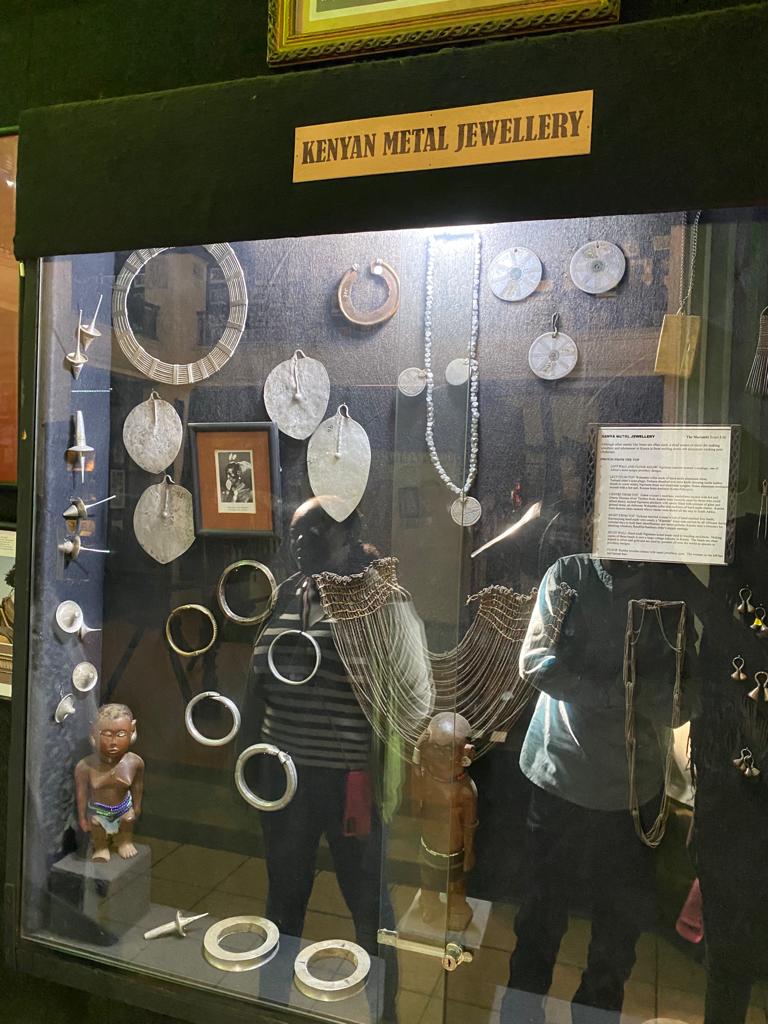
Pic depicting different a display of different jewels made from metals
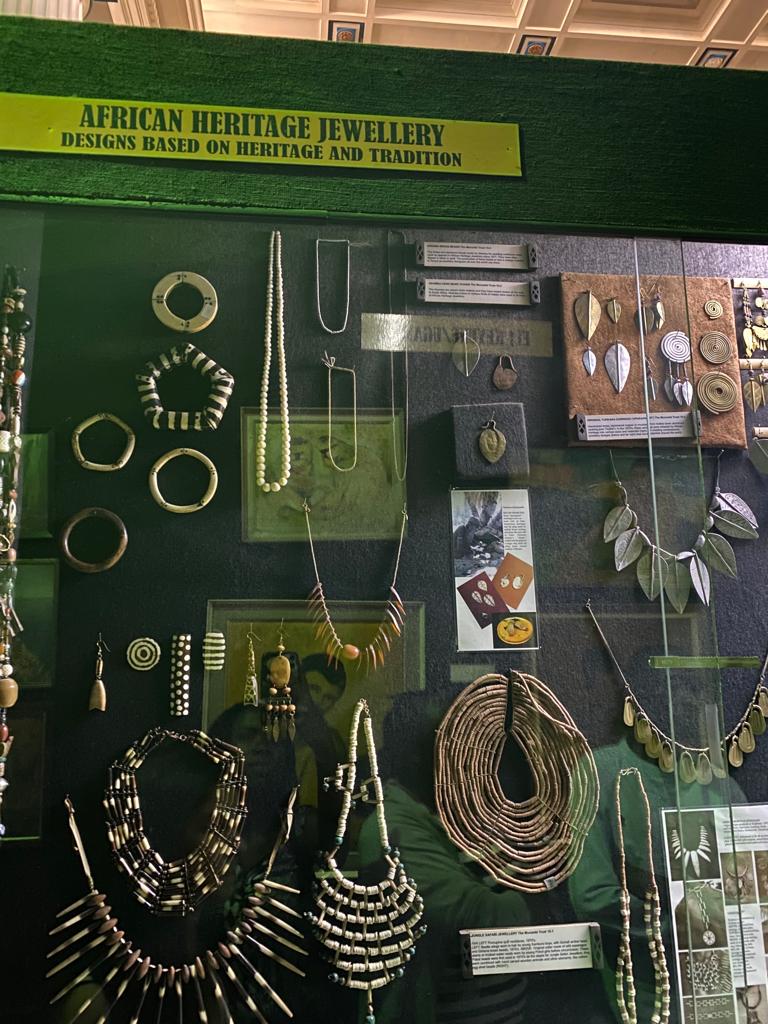
Pic depicting different jewelery from different parts of the continent
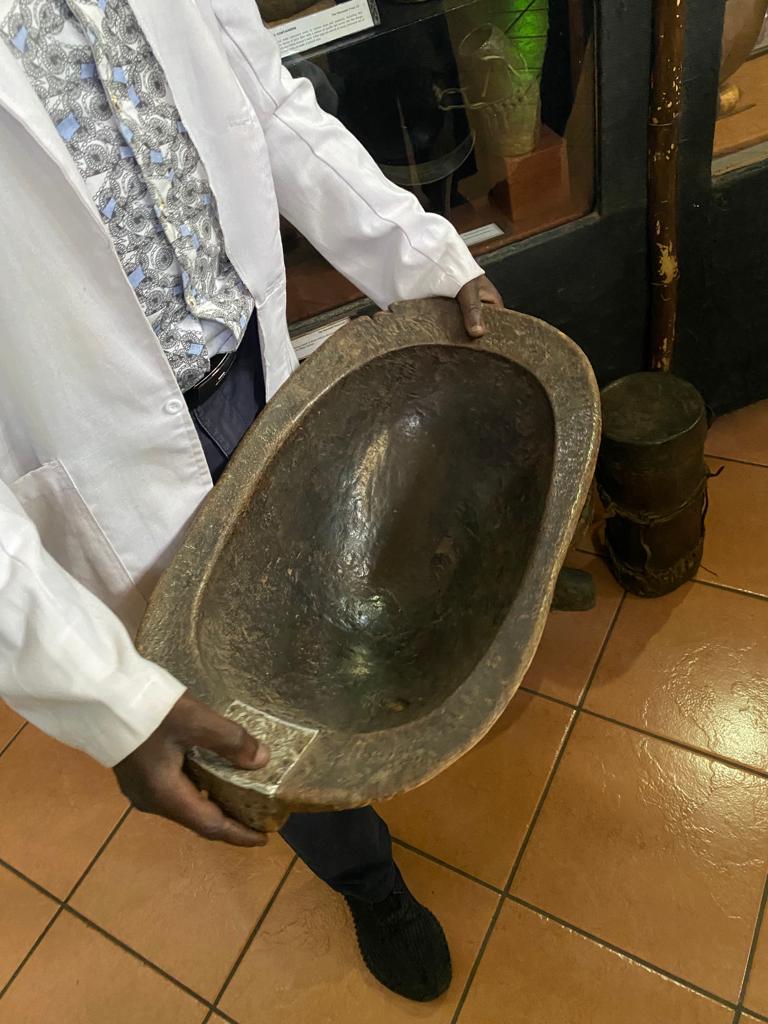
Pic depicting a wash basin for a baby made from carved wood
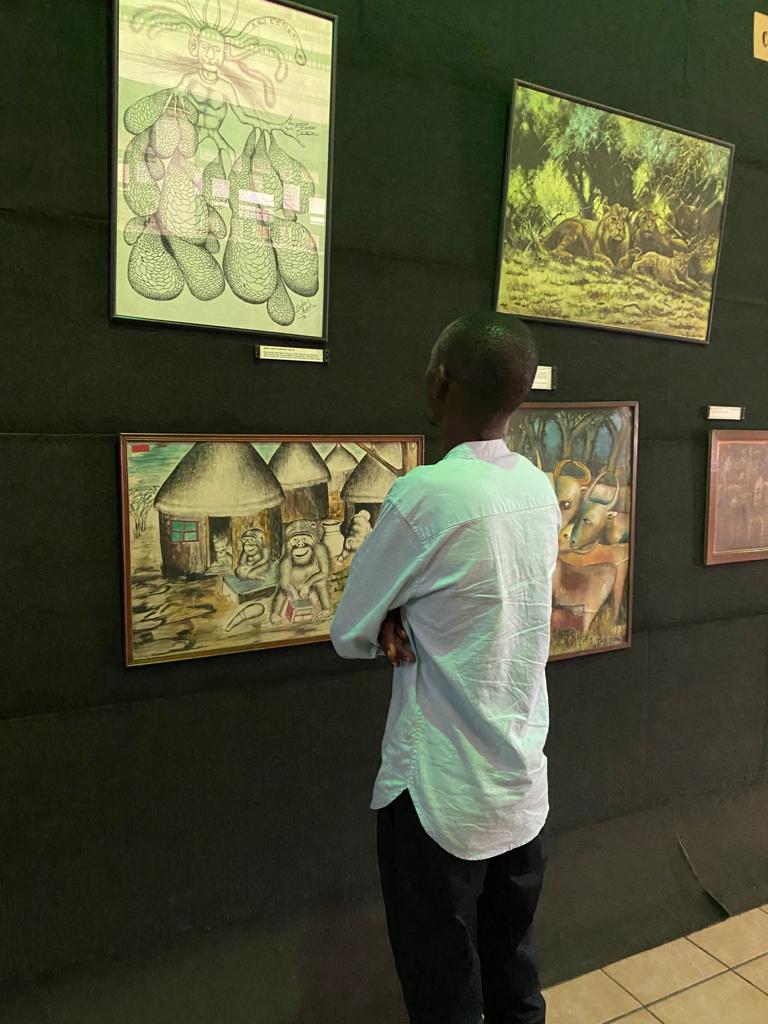
The display of different art at the archives is appealing.
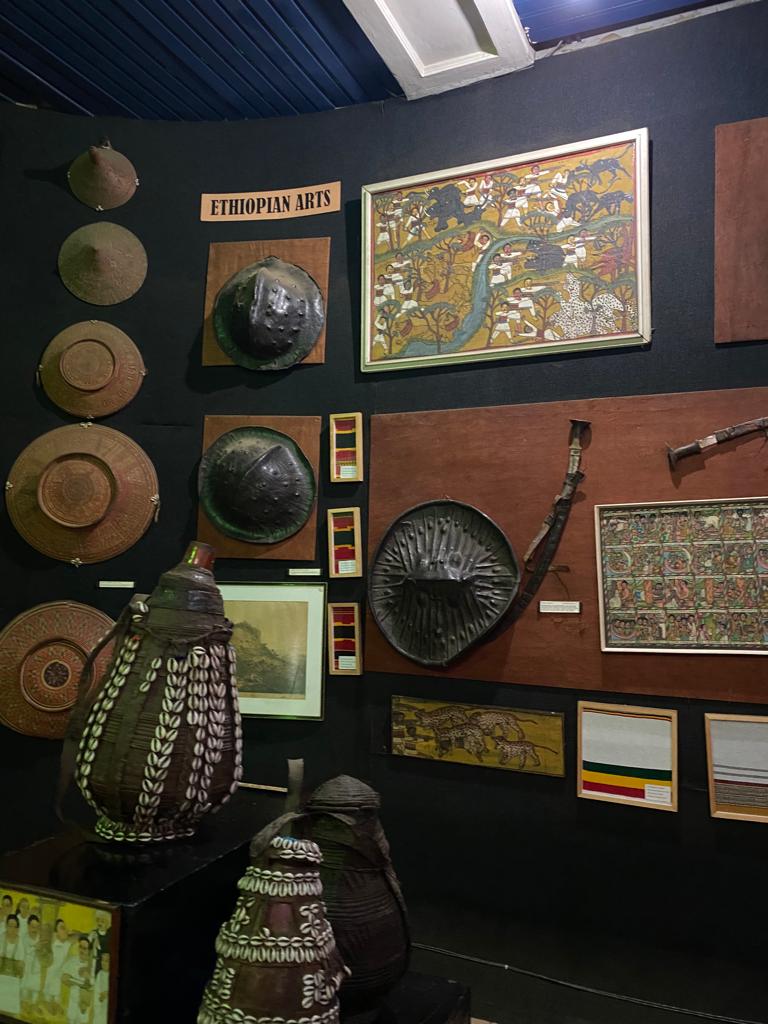
A beautiful display of Ethiopian art.
In addition, the history also relays the different presidents who have been in ´power since independence. Different sections for presidents who have been in Kenya and passed on. A section for President Jomo Kenyatta, President Daniel Toroitich Arap Moi and most recently in May 2022 president Emilio Mwai Kibaki.
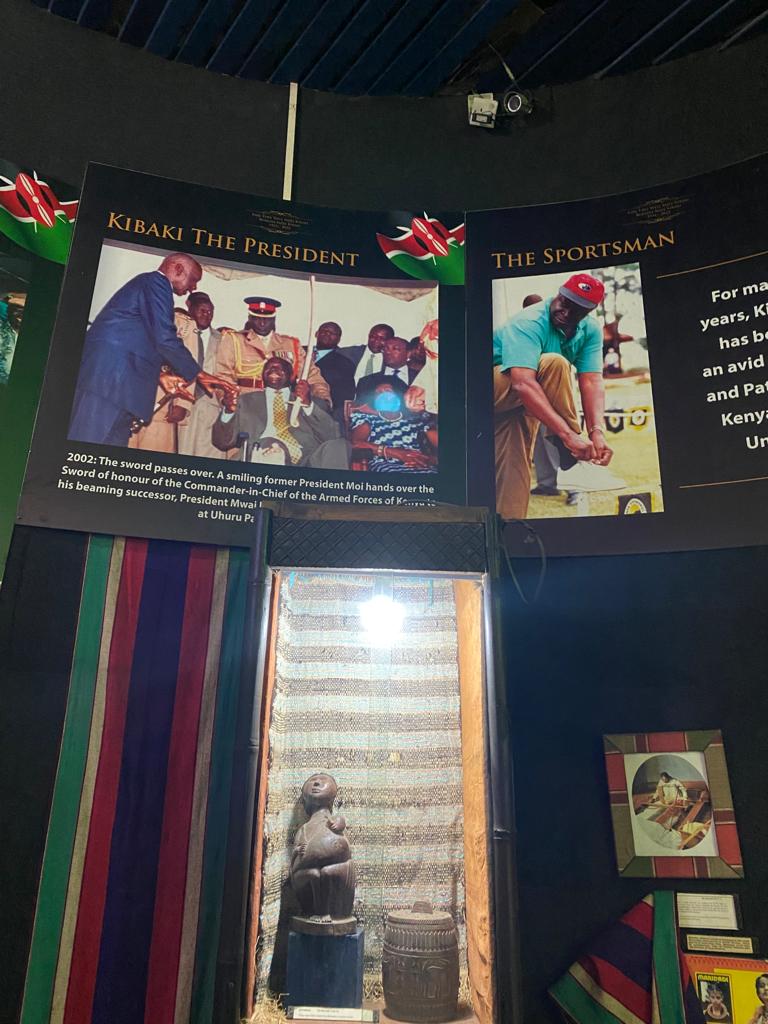
Display wall dedicated to Mwai Kibaki. (Visit the archives to see the whole section)
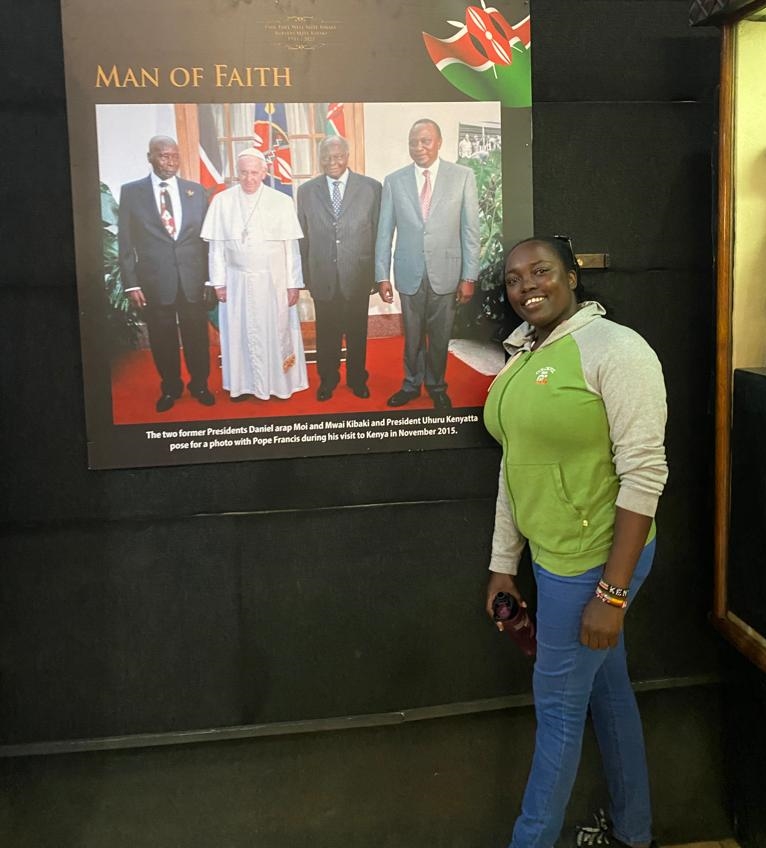
Rare photo at the archives of former president Daniel Toroitich Arap Moi, The Pope, former president Mwai Kibaki and the current president Uhuru Kenyatta.

Poster paying homage to the late president Emilio Mwai Kibaki
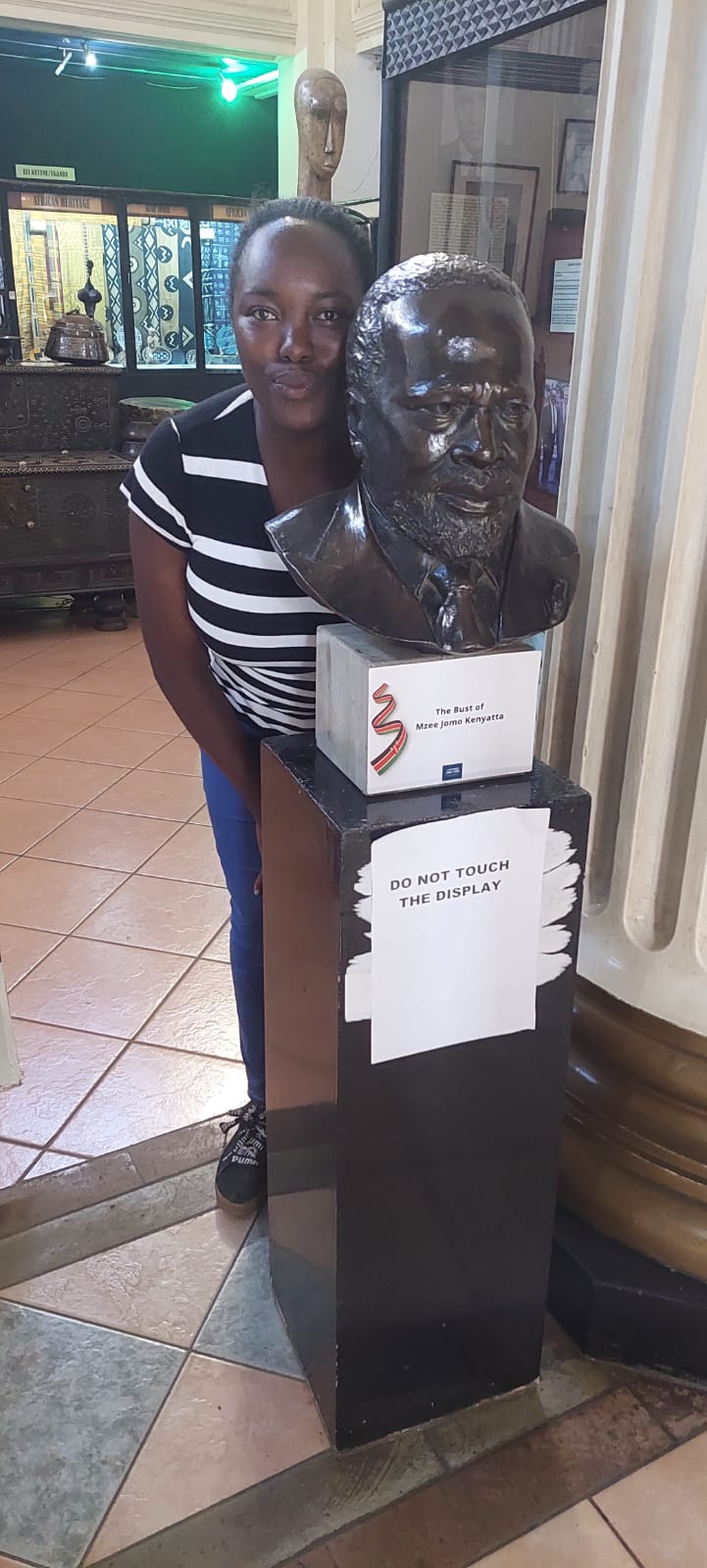
Rare pic with the bust of the late president Jomo Kenyatta. A bust is a portrait from the shoulders to the face.
The archives also pay homage to Kenyans who have made footprints in the sand, an example is Professor Wangari Maathai who is known for her role as an environmental protector in Kenya. Prof Maathai was awarded many awards and is commended for her contribution to planet earth.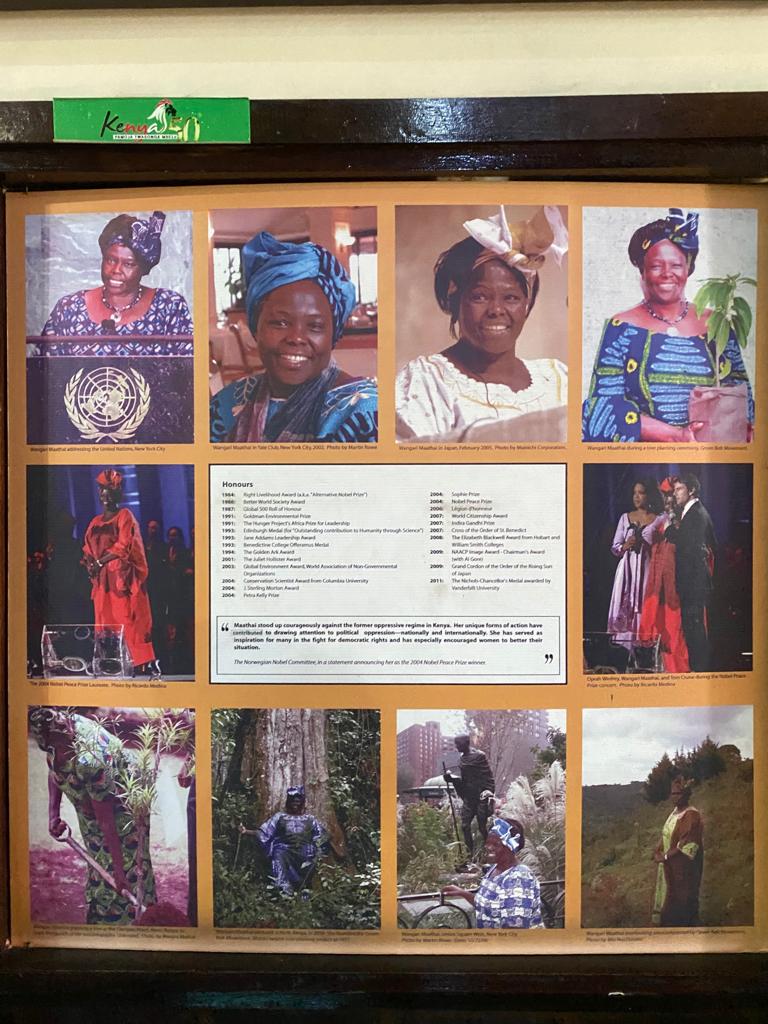
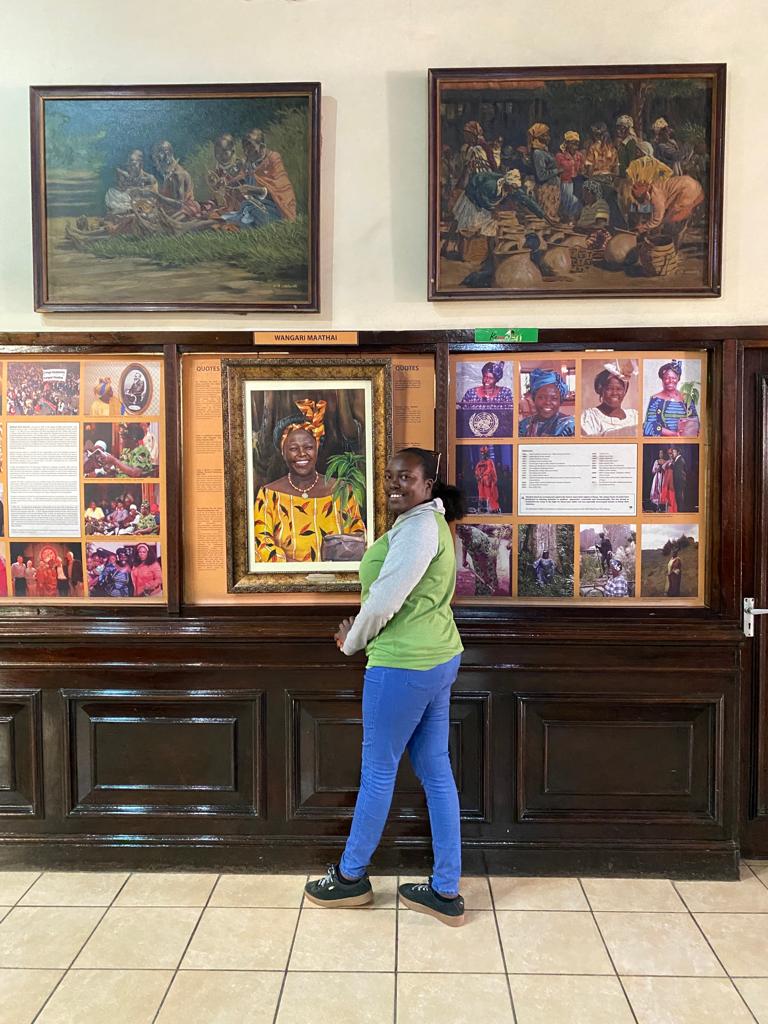
The Wangari Maathai wall at the archives.
Photos offering a sneak peak into history
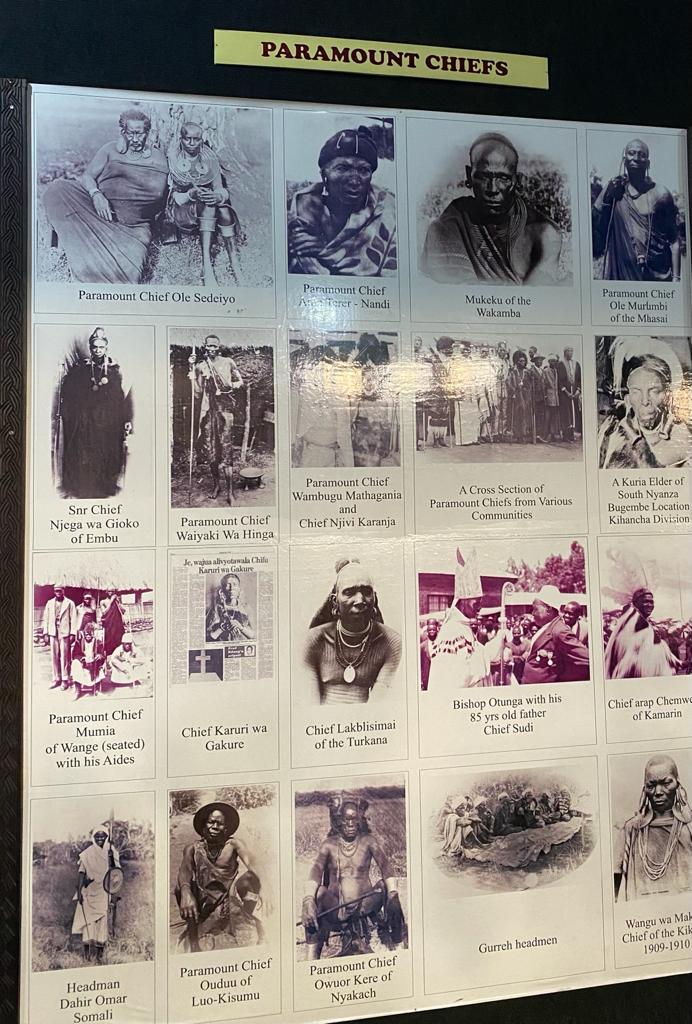
Sneak peak into the chiefs in Kenya
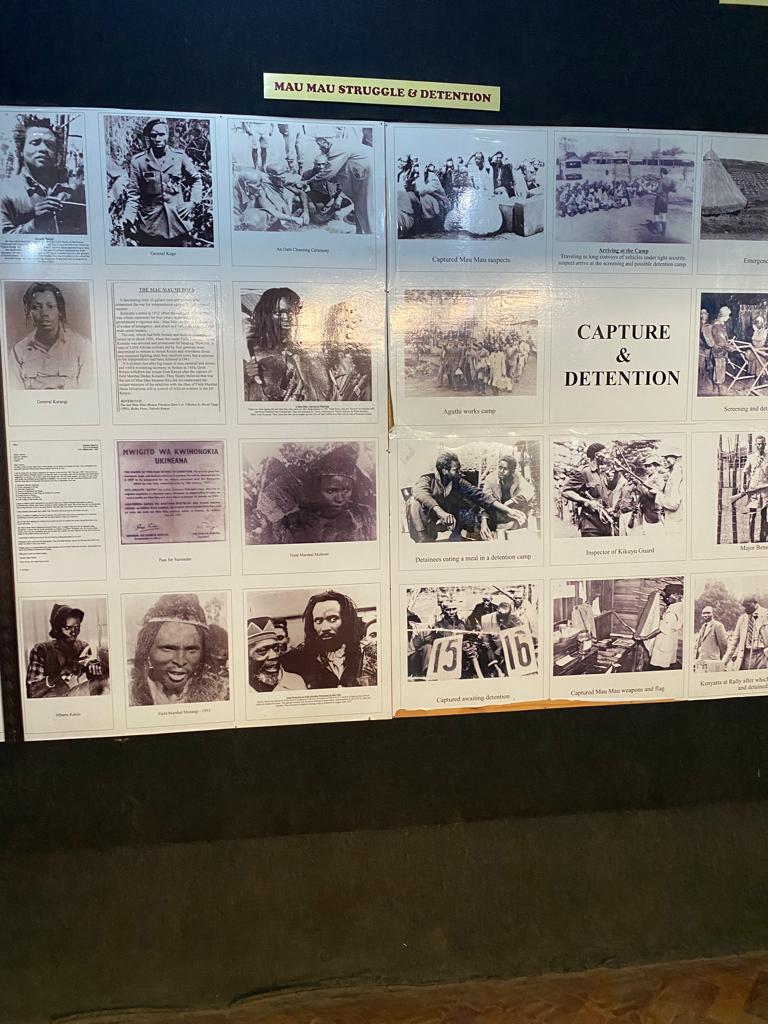
Display into Mau Mau and the fight for freedom.
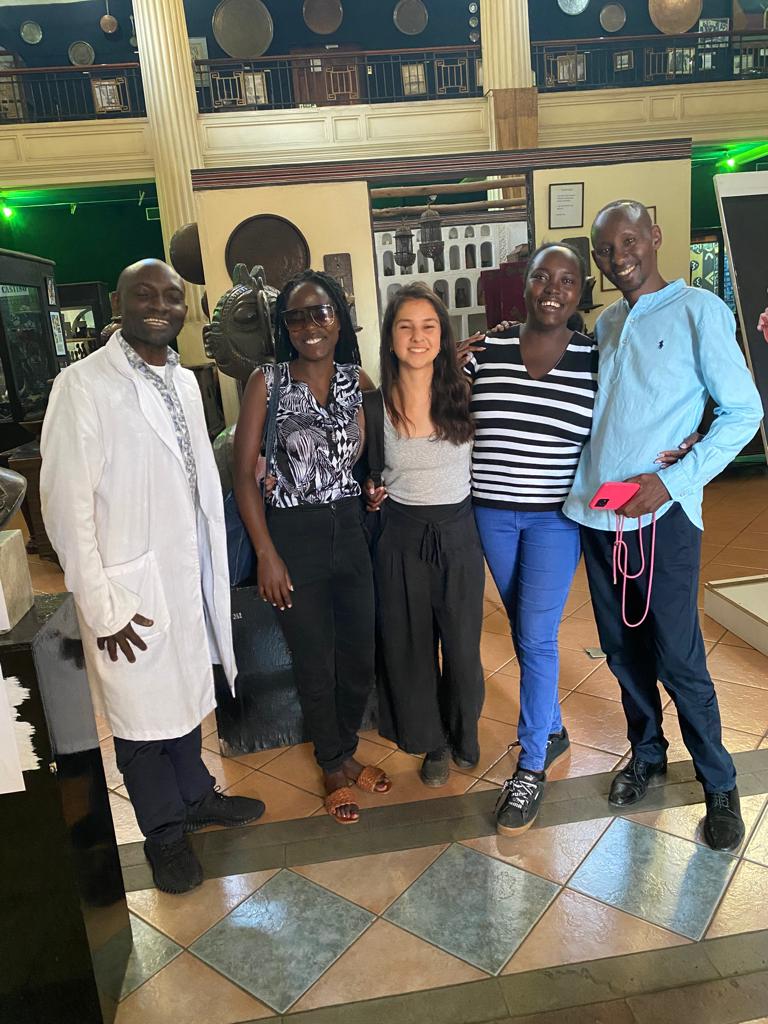
We had the best experience discovering our history due to this amazing guide!!
When you get to visit say hi and take a photo and share.
Also thanks for the many responses and questions on how much it costs to enter the archives.
As of date of publication its 50Kshs for residents and 200Kshs for non-residents.


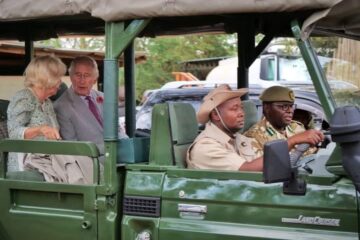

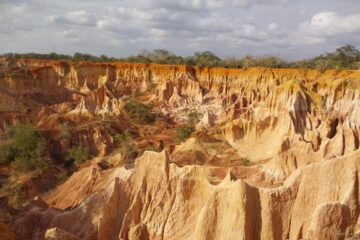
This is beautiful you are going far sweetheart
thanks Katrina. Very encouraging
Thanks for that compact rush through my country’s rich history. Inspired to make a visit myself!!
I tried to share as much as I could but trust me there is so much to learn
This is very informative
Thank you for sharing
you are welcome
Archiving archives
Yes and relearning history
Please do. Its 50Kshs for residents and 200Kshs for non-residents
??? ??????? ???? ?? ??? ????
Thanks Anyona
The archives is real archives. Rich history you’ve highlighted there. There’s more to the place than just being a meeting point for new peeps in town. Great content!
Big ups, was glad to have a visit and learnt a lot about my country’s history .
????? ??????? ???? ?? ?????? ???? ?????? ????